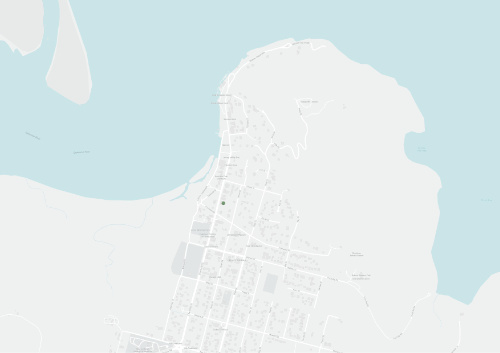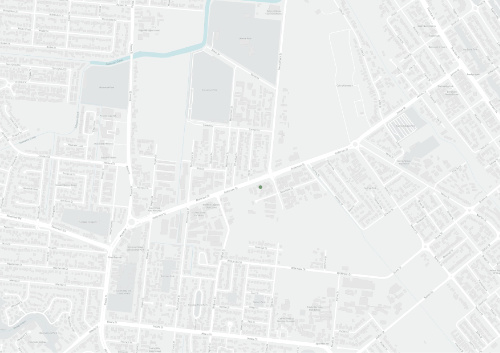Cape York on target
Cape York on target
Cape York is punching above its weight when it comes to meeting its targets for water quality through improved land management, according to the 2020 Reef Water Quality Report Card released in April.
As a result of the work done by land managers, sediment has reduced by an additional 2.1% (12.2% total) and particulate nitrogen an additional 4.5% (14.6%) over and above the Report Card targets as set out in the Reef 2050 Water Quality Improvement Plan.
“This is a great result,” Cape York NRM Sustainable Industries officer Natalie James said. “It shows that the combined efforts of all stakeholders are making a difference to improving water quality flowing to the Reef.”
The report card assesses how improved management practices across agricultural industries, from the Whitsundays through to Cape York, contributes to a reduction in the total amount (load) of sediment and nutrient reaching the end of a catchment.
“This information comes from a wide range of programs, like the Reef Trust programs,” Nat said. “These projects support land managers to implement strategies that reduce sediment and nutrient loads, which ultimately reduce flows to the Reef.”
Riparian fencing is one way to help reduce sediment reaching the Reef. An example is the fencing work carried out in 2020 along Jungle Creek as part of Reef Trust Phase 3: Growing a Great Barrier Reef.
The Project was designed to reduce the cattle impact around the two major overgrazed permanent watering points of Jungle creek and the Hann river near Laura.
Cattle contribute to gully and stream bank erosion and sediment run-off which enters the Reef, reducing the light to corals and seagrass meadows.
The Jungle Creek Project reduced streambank erosion along 12km of the Hann River by restricting stock access with exclusion fencing and reducing hillslopes erosion by installing off stream water 3km from the current permanent water supply. The new water and fencing infrastructure enabled wet season spelling of current overgrazed areas and regenerative grazing to increase ground cover.
Similarly, Koolburra Station successfully installed 16km of cattle exclusion fencing along the Kennedy River.
“The 2020 year was an interesting one in terms of planning projects during COVID and wet season, which had higher-than-average rainfall in January, but lower-than-average during December (2019), February, March and April,” Nat said.
Overall, the Reef Report Card found progress towards targets for dissolved inorganic nitrogen and sediment is around half way.
Nat said the monitoring from 2020 also showed that the total area reaching ground cover targets for the end of the dry season (70%) were slightly lower than in 2019 (82% in 2020 compared to 85% in 2019).
“This was most likely attributed to late dry season fires in the Endeavour and Jeannie catchments, which continues to be an issue,” she said.
In response to these challenges with fire, the Cape York Water Partnership is initiating a program to improve fine scale fire management in the Endeavour catchments, aiming to reduce the frequency of late fires, and reduce the total area of land affected by late dry season fires.
“Changes to early burning strategies will help to improve ground cover at the beginning of the wet season, which all contributes to sediment savings - stopping fine sediment reaching the Reef,” Nat said.
Report card results are collated through the Paddock to Reef Integrated Monitoring, Modelling and Reporting Program which is funded by the Australian and Queensland government’s Paddock to Reef Program and the Queensland Government.
Overall, inshore marine condition improved to moderate in 2019-2020, with water quality improving to good and coral and seagrass remaining in poor condition. Wetland condition remained moderate.
This report card does not detail progress towards the land management practice adoption target as that is being reviewed. New targets are proposed to be set this year for each industry and at a finer scale.

